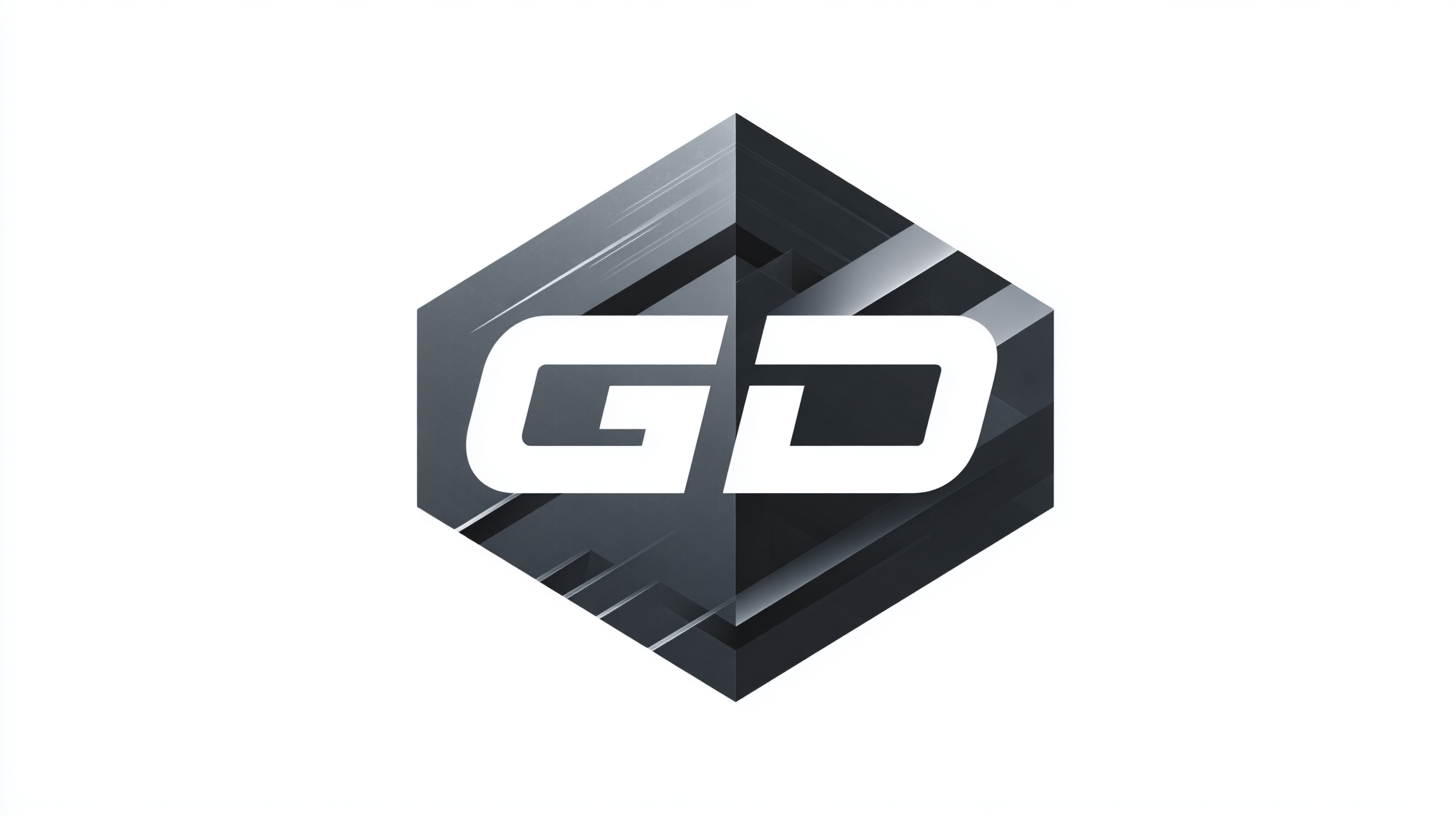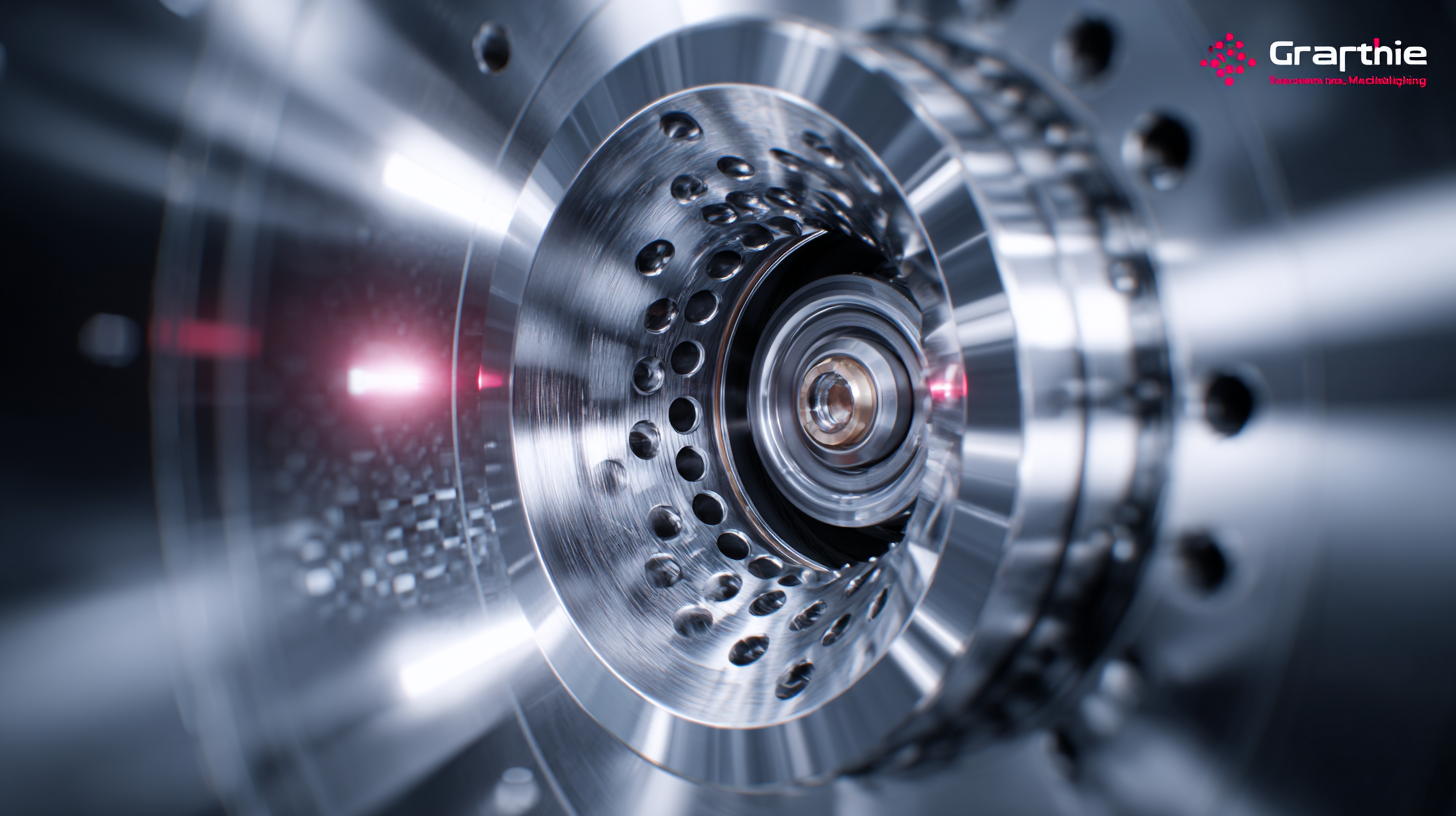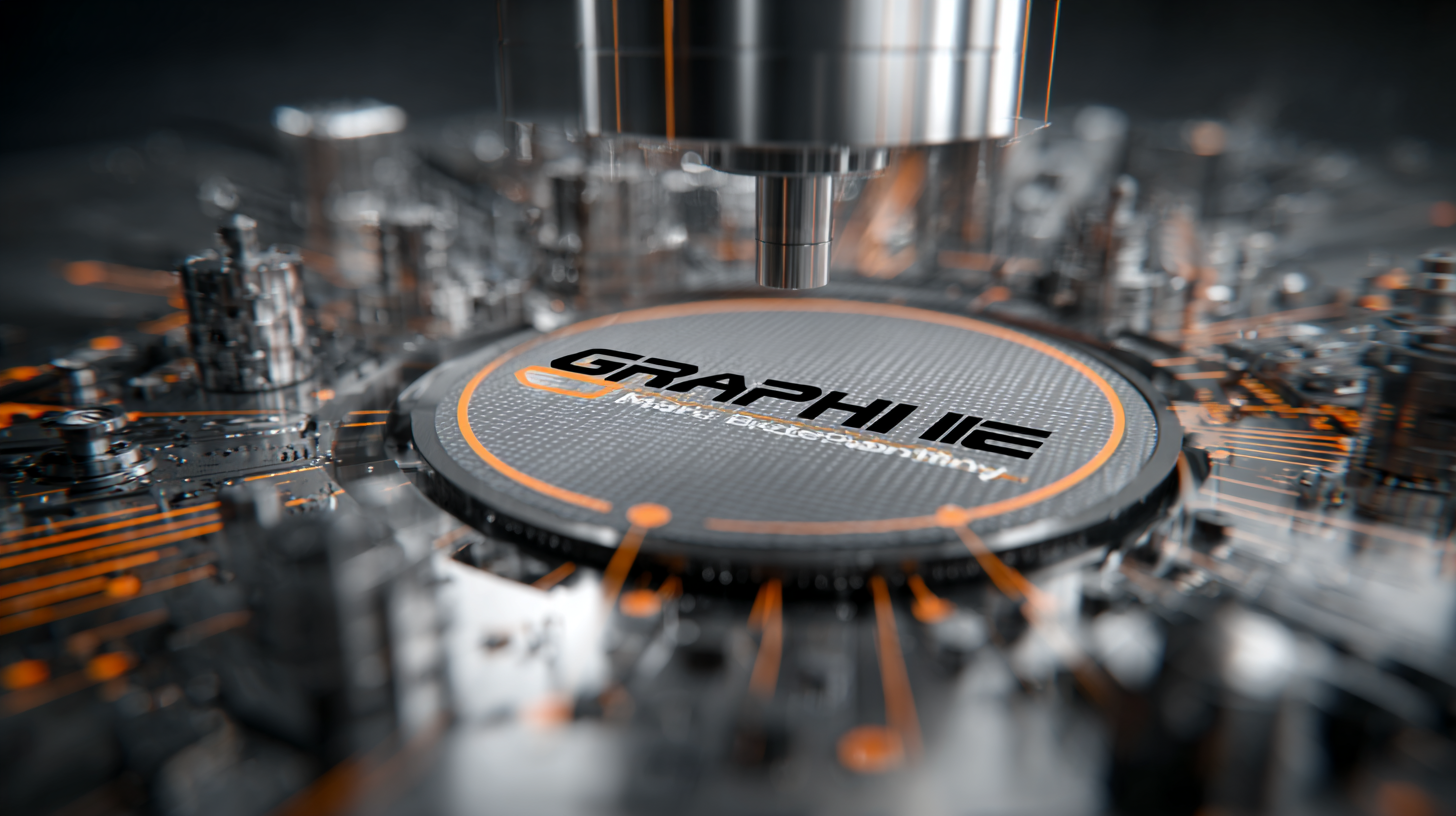
In the rapidly evolving landscape of manufacturing, graphite machining has emerged as a critical component across various industries, including aerospace, automotive, and electronics. According to a recent market analysis, the global graphite machining sector is projected to witness significant growth, with an expected CAGR of 7.5% between 2023 and 2028. As we look towards 2025, the demand for precision graphite components is intensifying, driven by advancements in technology and the need for high-performance materials. This necessitates a comprehensive understanding of the emerging trends and innovations within the industry. The future of graphite machining not only reflects the capabilities of top-tier factories in China—recognized for their unparalleled craftsmanship and reliability—but also emphasizes the global trust these manufacturers have built. By navigating this evolving landscape, businesses can leverage critical insights that will shape their strategies and operations in the coming years.

As we approach 2025, the landscape of graphite machining is being profoundly reshaped by emerging technologies that enhance both efficiency and precision. Advanced machining techniques, such as high-speed milling and laser machining, are gaining traction, leading to improved surface finishes and tighter tolerances. According to a recent industry report by MarketsandMarkets, the global market for advanced machining is projected to reach $25 billion by 2025, a significant increase driven by the growing demand for high-performance components across sectors such as aerospace, automotive, and electronics.

Moreover, the integration of automation and smart manufacturing technologies is revolutionizing graphite machining processes. The implementation of IoT devices and machine learning algorithms allows for real-time monitoring and predictive maintenance, reducing downtime and enhancing operational efficiency. A study by Deloitte highlights that companies adopting these smart technologies can expect a productivity boost of up to 30% by 2025. As graphite machining continues to evolve, stakeholders must stay informed about these trends to maintain a competitive edge in the market.
As we approach 2025, the graphite machining industry is poised for significant growth, shaped by several key market trends. The increasing applications of graphite in various sectors, particularly in energy storage and electric vehicles, are driving demand. According to industry analyses, the market for flexible graphite bipolar plates is expected to surge, reaching approximately USD 670 million by 2034, up from about $420 million in 2024. This growth is underpinned by the rising need for efficient energy solutions, particularly in fuel cells and batteries.
Moreover, the competitive landscape in the graphite market is shifting, with companies like Graphite One emerging as vital players in reducing US dependence on graphite imports, particularly from China. The natural properties of graphite, including its exceptional thermal and electrical conductivity, alongside its stability over a wide temperature range, make it an essential material in many advanced manufacturing processes. This is further reflected in the robust growth of the CNC machine market, which is expected to expand significantly, impacting the graphite machining sector positively as manufacturers seek to enhance precision and efficiency in operations. These developments underscore the dynamic nature of the graphite machining industry and its adaptation to emerging technological demands.
As we look towards 2025, sustainability and eco-friendly practices in graphite manufacturing are becoming increasingly crucial. The global market for graphite is projected to reach $24 billion by 2025, as highlighted in a recent market analysis by Grand View Research. This surge is partly driven by the rising demand for electric vehicles and renewable energy solutions, both of which require high-quality graphite for batteries and other applications. With this growth, manufacturers are recognizing the importance of implementing sustainable practices to reduce their environmental footprint.

One key trend is the adoption of recycled graphite. A recent study from the International Energy Agency indicates that recycled graphite can reduce CO2 emissions by up to 60%, making it a viable alternative to traditional mining methods. Manufacturers are also focusing on eco-friendly materials and processes, such as water-based lubricants and biodegradable binders, to minimize harmful waste.
Tip: Embrace a circular economy model by investing in technologies that allow for the recovery and reuse of graphite from end-of-life products.
Incorporating renewable energy sources into production lines, such as solar and wind energy, can further enhance sustainability efforts. Companies that prioritize these initiatives can not only comply with emerging environmental regulations but also appeal to a growing consumer base that values eco-friendly products.
Tip: Consider partnerships with other eco-conscious manufacturers to share resources and technology aimed at reducing energy consumption and waste in graphite production.
In the evolving landscape of graphite machining, several case studies illustrate successful innovations that are shaping the industry. One notable example comes from a leading aerospace manufacturer that implemented advanced CNC machining techniques. By integrating high-speed spindles and adaptive tool path strategies, the company significantly reduced production time while enhancing precision. This approach not only improved the surface finish quality of graphite components but also minimized waste, showcasing how technology can be leveraged to optimize manufacturing processes.
Another compelling case involves a specialized firm that adopted an eco-friendly approach to graphite machining. By utilizing water-based coolants and implementing a closed-loop recycling system, they managed to reduce harmful emissions and waste while maintaining high efficiency. This initiative not only helped the company comply with stringent environmental regulations but also attracted environmentally conscious clients, proving that innovation in sustainability can drive both business success and a positive ecological footprint. These examples underscore the importance of embracing new technologies and practices to remain competitive in the graphite machining sector.
| Trend | Description | Case Study | Innovation |
|---|---|---|---|
| Automation Integration | Incorporating robotics to enhance precision and speed in machining processes. | Implementation of robotic arms in machining workshops. | Increased output by 30% and reduced error rate. |
| Advanced Tooling | Development of cutting tools with enhanced durability for graphite materials. | A new carbide-coated tool design tested in a leading machining facility. | Tool life increased by 50% compared to previous models. |
| Sustainability Practices | Adoption of eco-friendly materials and waste reduction strategies. | Implementation of a recycling program in a machining plant. | Successfully reduced waste by 40% within the first year. |
| Digital Transformation | Utilizing data analytics for process optimization and predictive maintenance. | Case of a manufacturing company utilizing IoT sensors. | Reduced downtime by 20% through early fault detection. |
| Customization Options | Offering tailored machining services to meet specific client needs. | A workshop introduced a new bespoke service line. | Attracted new clientele and increased revenue by 25%. |
As we approach 2025, the demand for graphite machining is poised to experience notable shifts driven by emerging trends in various industries. The rising focus on electric vehicles and renewable energy technologies is significantly increasing the demand for battery materials, particularly graphite, which is essential for battery anodes. Recent evaluations indicate that the escalating adoption of lithium-ion batteries could lead to a nearly 15% increase in graphite demand by 2025, reflecting the growing emphasis on sustainable energy solutions.
In parallel, supply dynamics for graphite will also undergo transformation. The mining sector is expected to become increasingly critical as it adapts to meet the surging demand for battery minerals. Reports suggest that geopolitical stability, combined with potential declines in interest rates, may boost investments in mining operations, fostering a more robust supply chain. Nevertheless, the industry faces challenges related to supply risks, particularly concerning graphite extraction, with analysts highlighting a need for strategic planning to balance environmental considerations alongside economic pressures. As the graphite machining landscape evolves, stakeholders must navigate these complexities to assure sustainable and adequate supply chains that meet the anticipated demand.
This chart illustrates the predicted demand and supply dynamics for graphite machining in 2025. It highlights the expected growth in demand across various sectors such as aerospace, electronics, and renewable energy, contrasted with the anticipated supply capabilities.





